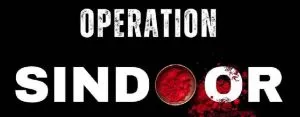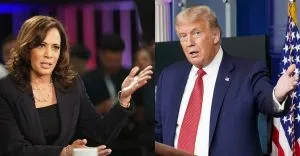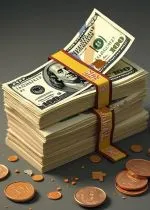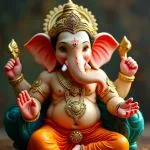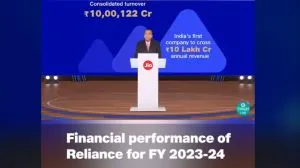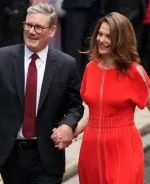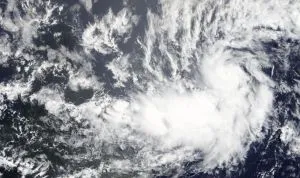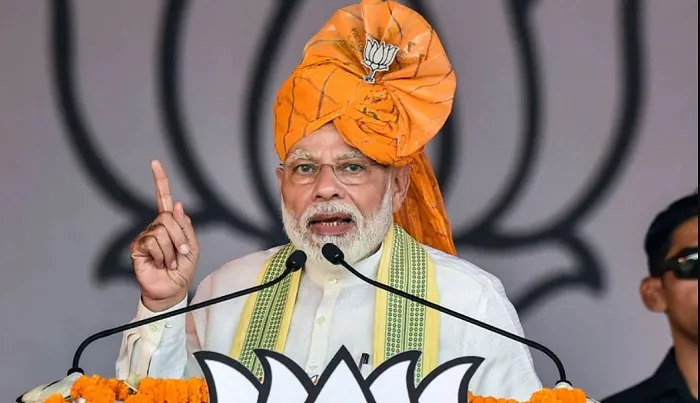
As Modi made decision after decision that had profound, long-lasting effects on the economy, this nearly ten-year period saw significant changes to the Indian economy. It may be up for argument how effective Modi's policies have been for the economy given how strongly fans and opponents of Modinomics feel about the country.
Modi is likely the first Indian prime minister to use technology so extensively in his social welfare initiatives. By enabling digital payments even in villages, his government's Unified Payment Interface (UPI) has revolutionized India's economy. India Stack, a collection of open APIs and digital public goods that aims to unleash the economic potential of identity, data, and payments at a population size, including Aadhaar, UPI, and Digilo, is the driving force behind the enormous digital payments infrastructure that has emerged in India.
India Stack's main goal is to reduce transaction costs so that 1.3 billion people may access crucial social and economic services that can be provided by both the public and commercial sectors. Private innovation is made possible on the strength of public infrastructure. The institutions in question implement a set of open protocols or standards that were developed by India Stack. The UPI has aided private sector businesses in relying on digital-based business models.
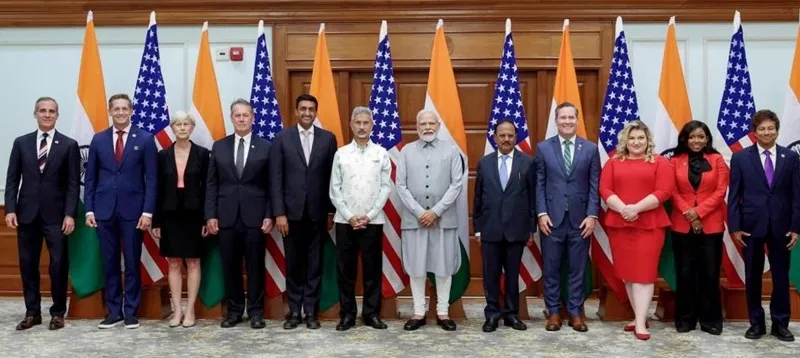
According to a recent estimate by Bain and Company, merchant payments via UPI are anticipated to reach $1 trillion by FY26, with a growth rate of 40% to 50%. By FY26, there will be 13 million point-of-sale terminals, up from the current 6 million.
Make in India:
Narendra Modi launched a significant national program to encourage investment, advance research and development (R&D), guarantee product originality, and create jobs requiring specialized skills in the industrial sector. With his 'Make in India' initiative, Modi has reached out to the entire world, and it has received great feedback from international businesses.
Jan Dhan Yojana:
Reaching every home to offer credit facilities, pensions, and insurance to account holders has been its primary priority.
Foreign Policy Put on Fast-track Mode:
The present goals of Modi's foreign policy are to strengthen ties with the surrounding nations and attract international investment to India. He met several American business executives while he was there and invited them to participate in the Make in India program.
Mann ki Baat:
It is a radio talk show where the prime minister discusses a current problem and offers his viewpoint. Officially, All India Radio broadcasts it. From there, it is broadcast on a variety of radio and television stations.
Ayushman Bharat:
PM Modi unveiled the health insurance program Ayushman Bharat on September 23, 2018. Each recipient family will receive a yearly health insurance benefit of 5 lakh rupees under this program. More than 10 crore low-income families will be covered by this program.
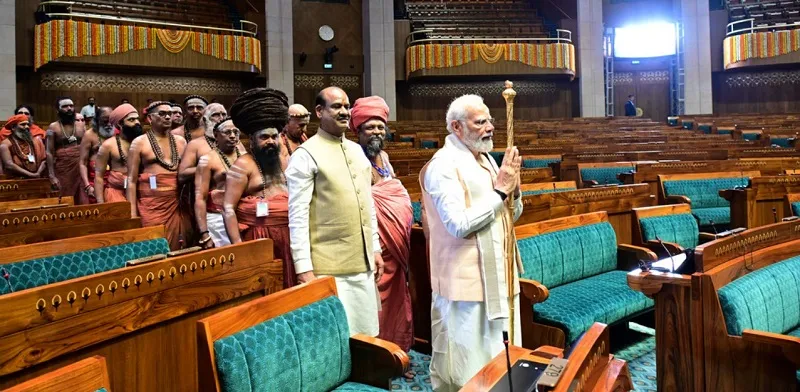
Digital India:
The beginning of the Digital India Programme coincided with a daily rise in internet users brought on by the availability of more data at reduced costs. Numerous websites were developed for the convenience of the residents through this scheme.
Atmanirbhar Bharat- Vocal for Local:
COVID-19 was seen by PM Modi as an opportunity to promote domestic goods. At that point, he underlined the value of being a "Atmanirbhar" and exhorted people to speak up for their communities. With the intention of helping local vendors survive the economic hardship brought on by the pandemic.
